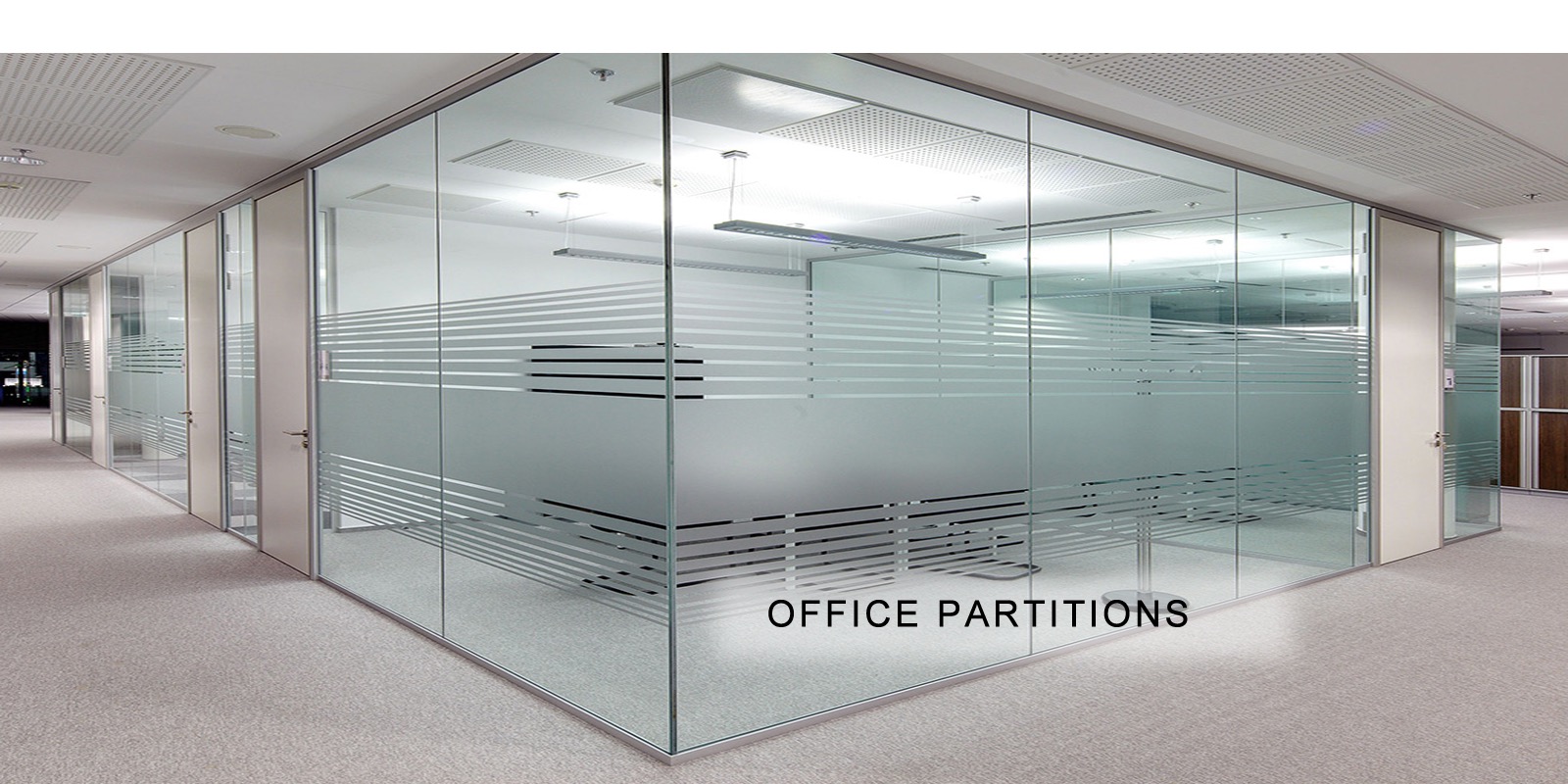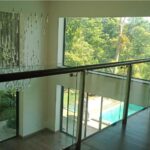
Nairobi’s skyline is changing fast. Rooftop lounges, penthouses, and apartment terraces are now standard in many developments across areas like Kilimani, Westlands, and Upper Hill. But as buildings go higher, so does exposure to wind — making glass balustrades both a stylish and technical design challenge.
The Appeal of Glass Balustrades in Nairobi
Today’s developers want more than function — they want elegance, transparency, and uninterrupted views. Glass balustrades in Nairobi are popular for their ability to make rooftop spaces feel open, modern, and luxurious. From high-end residential towers to commercial complexes with rooftop restaurants, glass railings are a growing design trend across the city.
But wind is no joke. Especially in places like Lavington, Kileleshwa, and parts of Parklands where elevation and open surroundings magnify gusts. Without the right material and structural approach, balustrades can become noisy, unstable, or even dangerous.
So how do you combine aesthetics with wind-resistance?
Solutions That Work in High-Wind Conditions
1. Use Laminated and Tempered Glass
Laminated glass — two layers bonded with a plastic interlayer — offers impact resistance. Tempered glass is heat-treated to withstand pressure. Together, they make an ideal combination for safety and durability in high places. It’s also compliant with Kenya’s building code, especially for commercial installations.
2. Wind-Resistant Anchoring Systems
Stainless steel spigots or base shoes designed for structural loads are a must. For Nairobi’s windy rooftops, embedded base channels with reinforced concrete give extra holding power. Frameless systems can still be installed safely — but only with certified engineering specs.
3. Design for Airflow
Strategic design helps prevent wind buildup. Glass panels can be spaced with slim gaps to allow minor air passage, reducing drag and vibration. For commercial rooftops — such as rooftop bars or pools — curved glass or segmented layouts break up wind patterns effectively.
4. Use Sound-Dampening Interlayers
One major complaint from building managers is the “whistle” or hum that wind sometimes produces across balustrades. Acoustic interlayers can reduce this effect — a popular upgrade for luxury residences and office rooftop terraces.
Design Meets Engineering: What Nairobi’s Developers Are Choosing
Across Nairobi’s fast-growing real estate market, there’s a shift toward integrating form and function. In high-rise buildings, especially those over six floors, engineers are working closely with balustrade specialists to ensure compliance with NCA safety regulations, while maintaining visual appeal.
In mixed-use buildings such as malls with rooftop food courts, or apartment complexes with sky gardens, developers now demand:
- Thicker glass panels (often 12mm or 15mm laminated)
- Marine-grade stainless steel fittings to resist rust
- Custom curved balustrades for aesthetic edge and wind diffusion
It’s not just about beauty anymore — it’s about building for Nairobi’s evolving vertical lifestyle.
Why This Matters for Property Owners
Installing the wrong type of balustrade can lead to costly repairs, tenant complaints, or worse — safety hazards. If you’re building or renovating in a high-rise zone, it’s worth investing in solutions tailored for rooftop wind exposure.
The right contractor will:
- Offer wind-load calculations
- Recommend code-compliant glass options
- Provide warranties on structural performance
Whether it’s a hotel rooftop in Westlands or a corporate terrace in Upper Hill, the combination of glass balustrades and wind-smart engineering is the new standard in Nairobi.
As the city grows upward, rooftop spaces are no longer just decorative — they’re functional, revenue-generating assets. Make them safe. Make them stunning. And most importantly, make them last.
Looking for custom solutions for glass balustrades in Nairobi Kenya? Let’s talk design, safety, and long-term value — whether for your commercial or high-end residential project.



